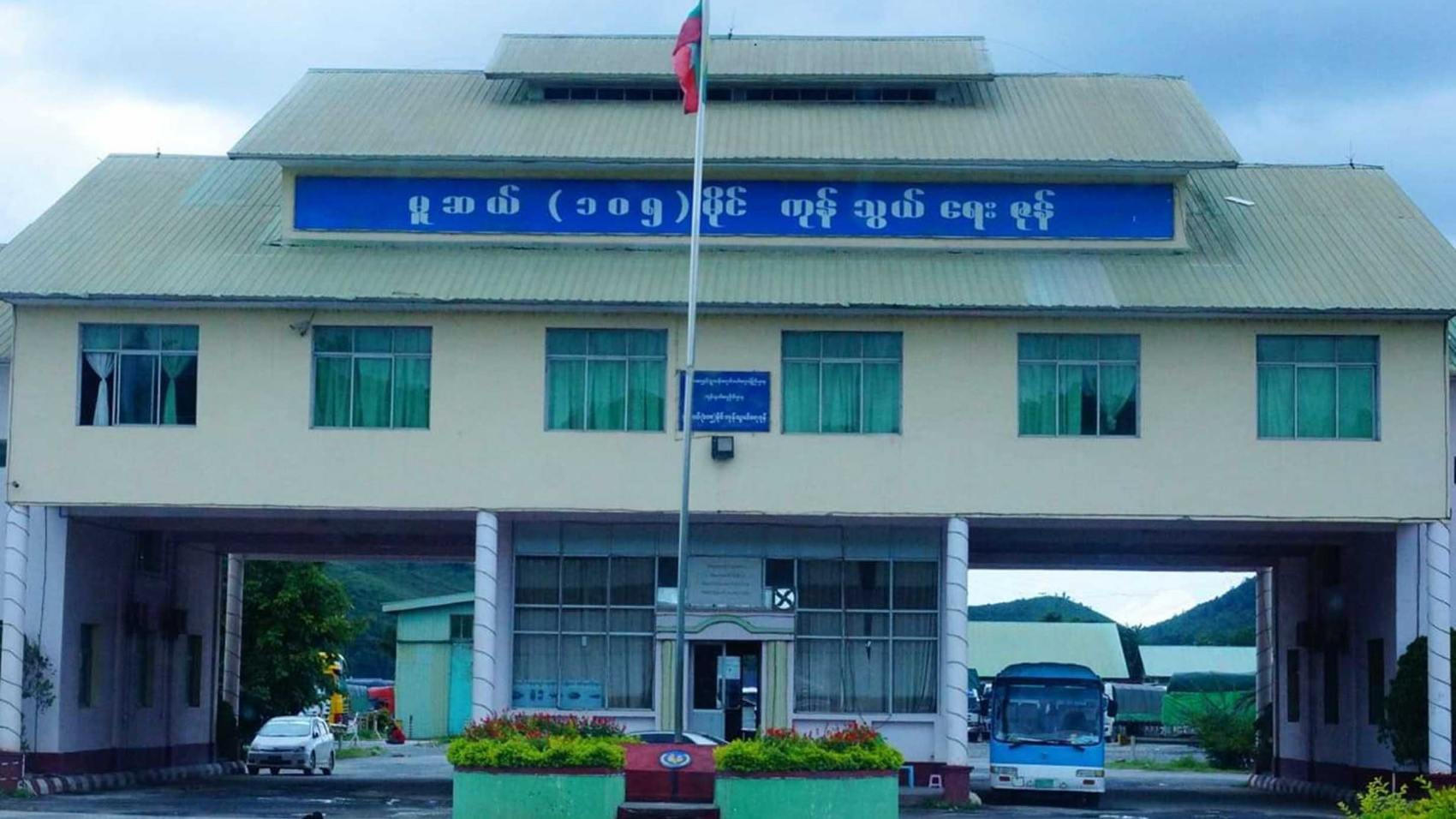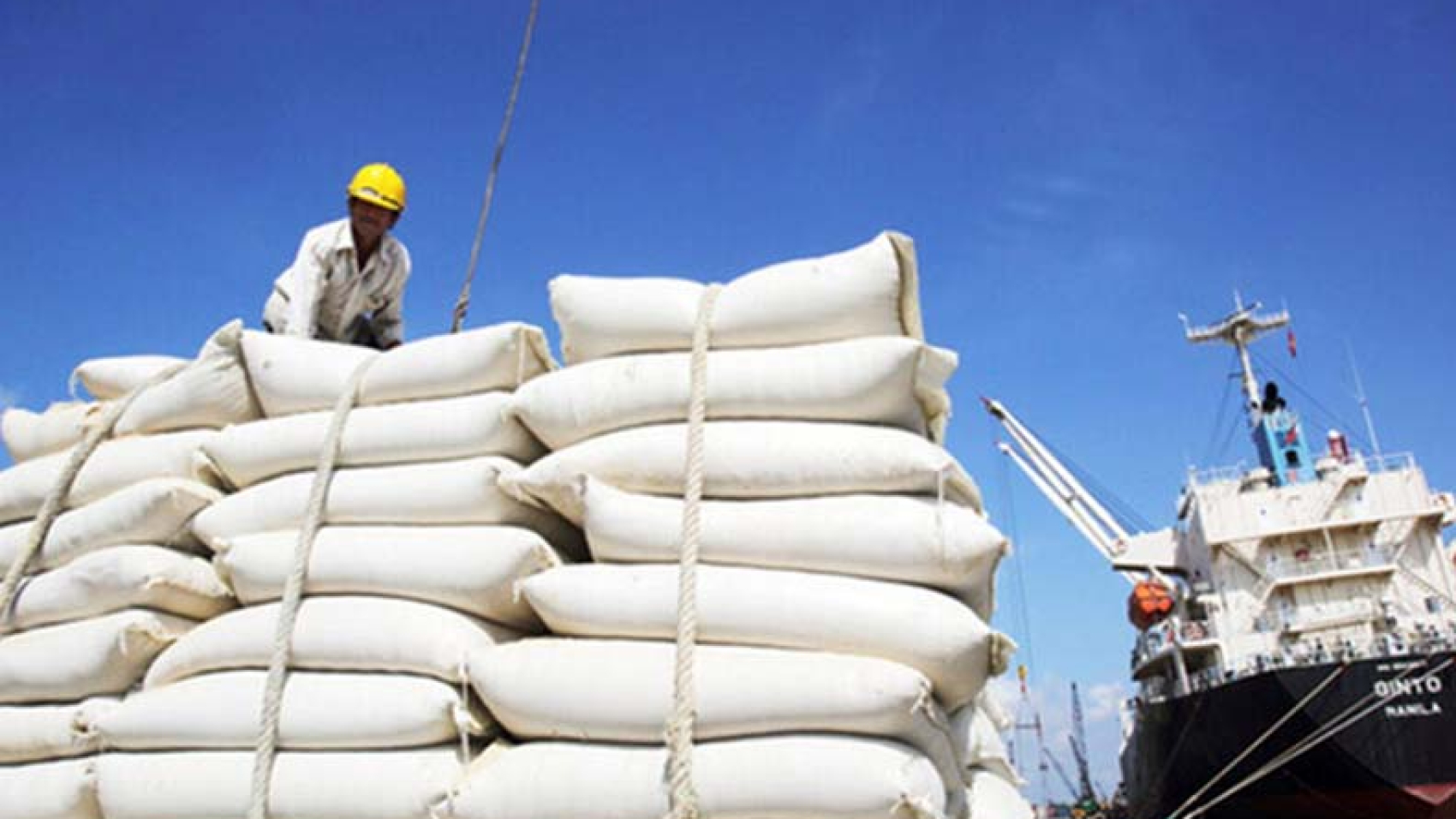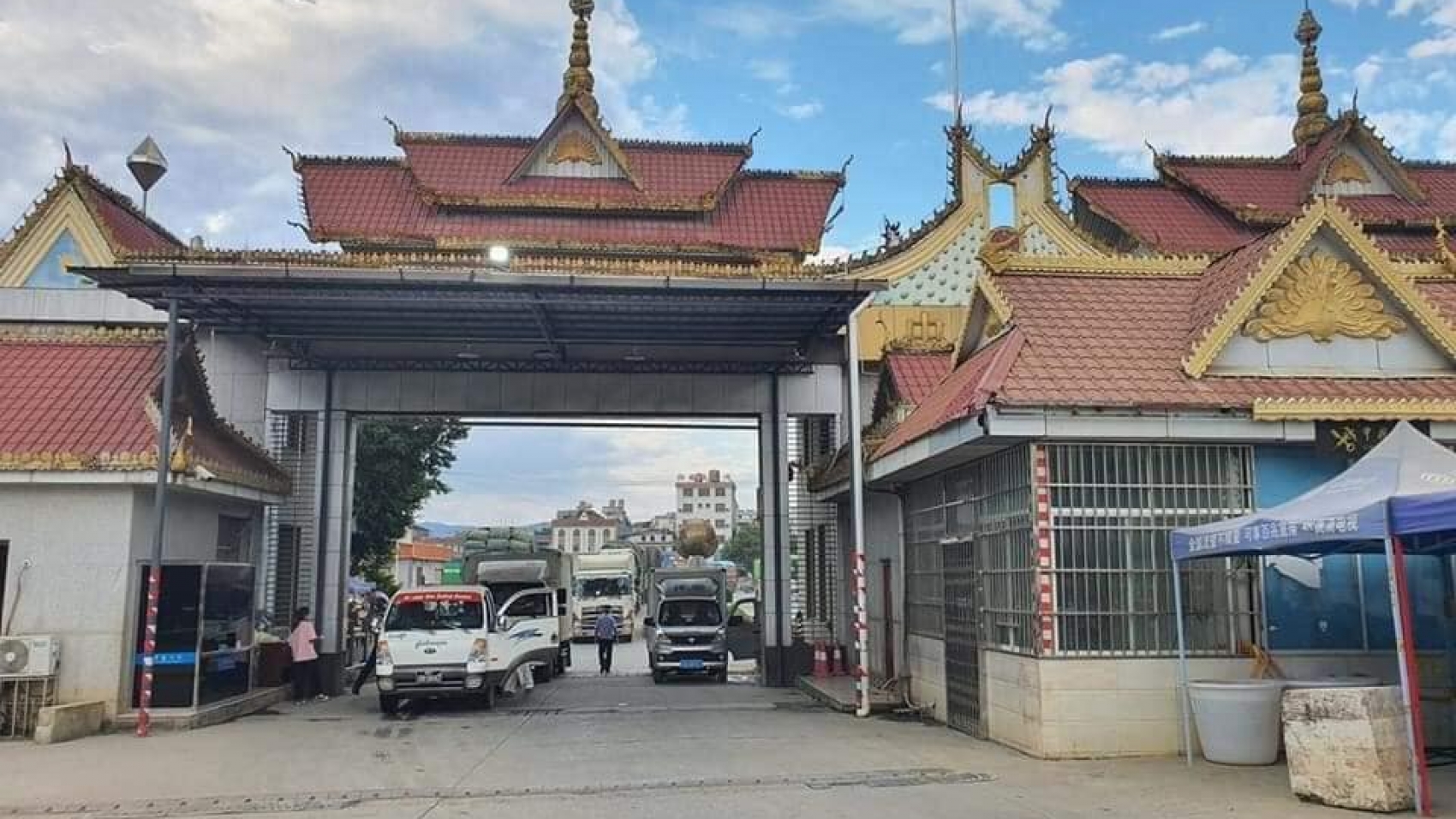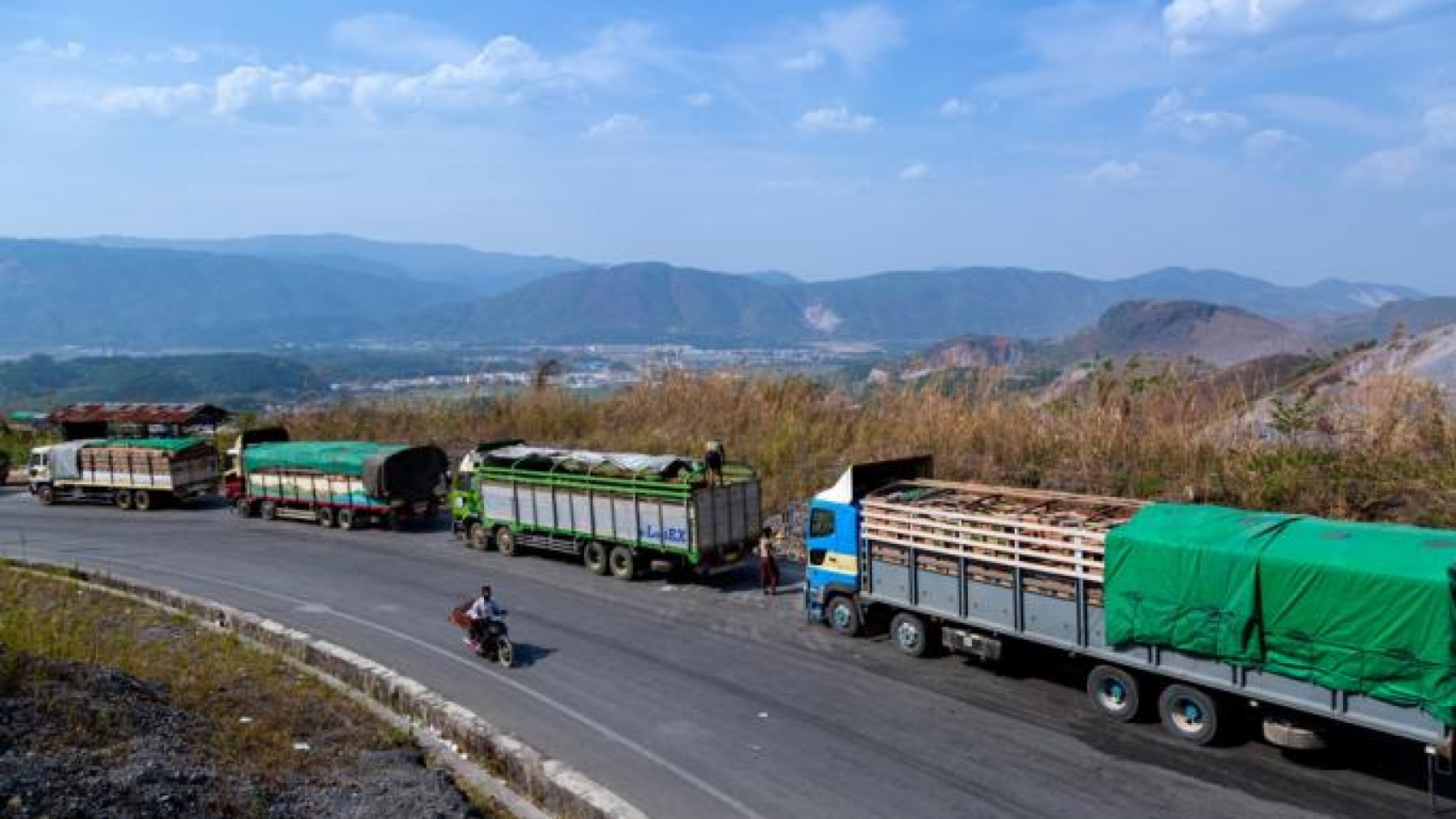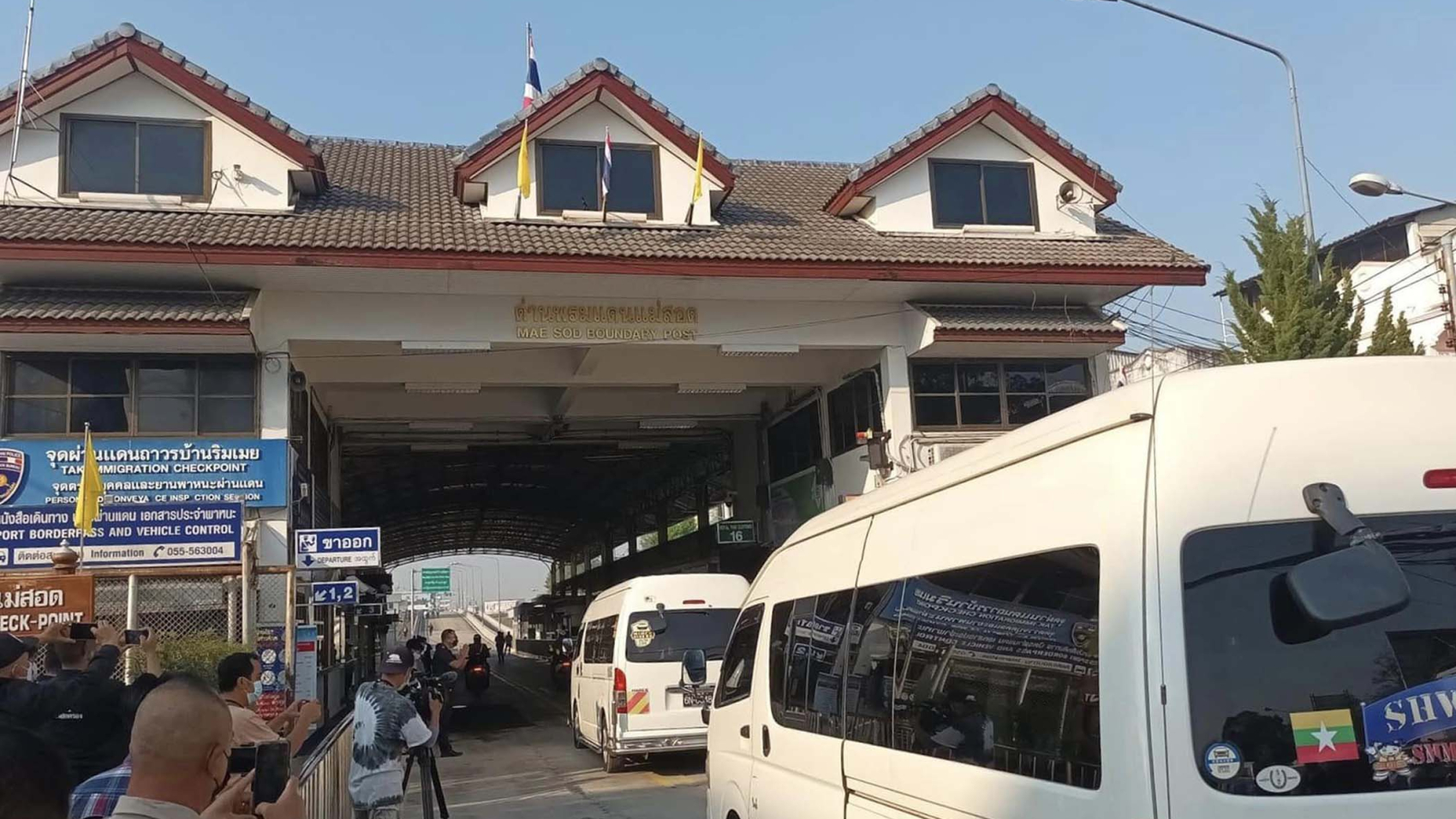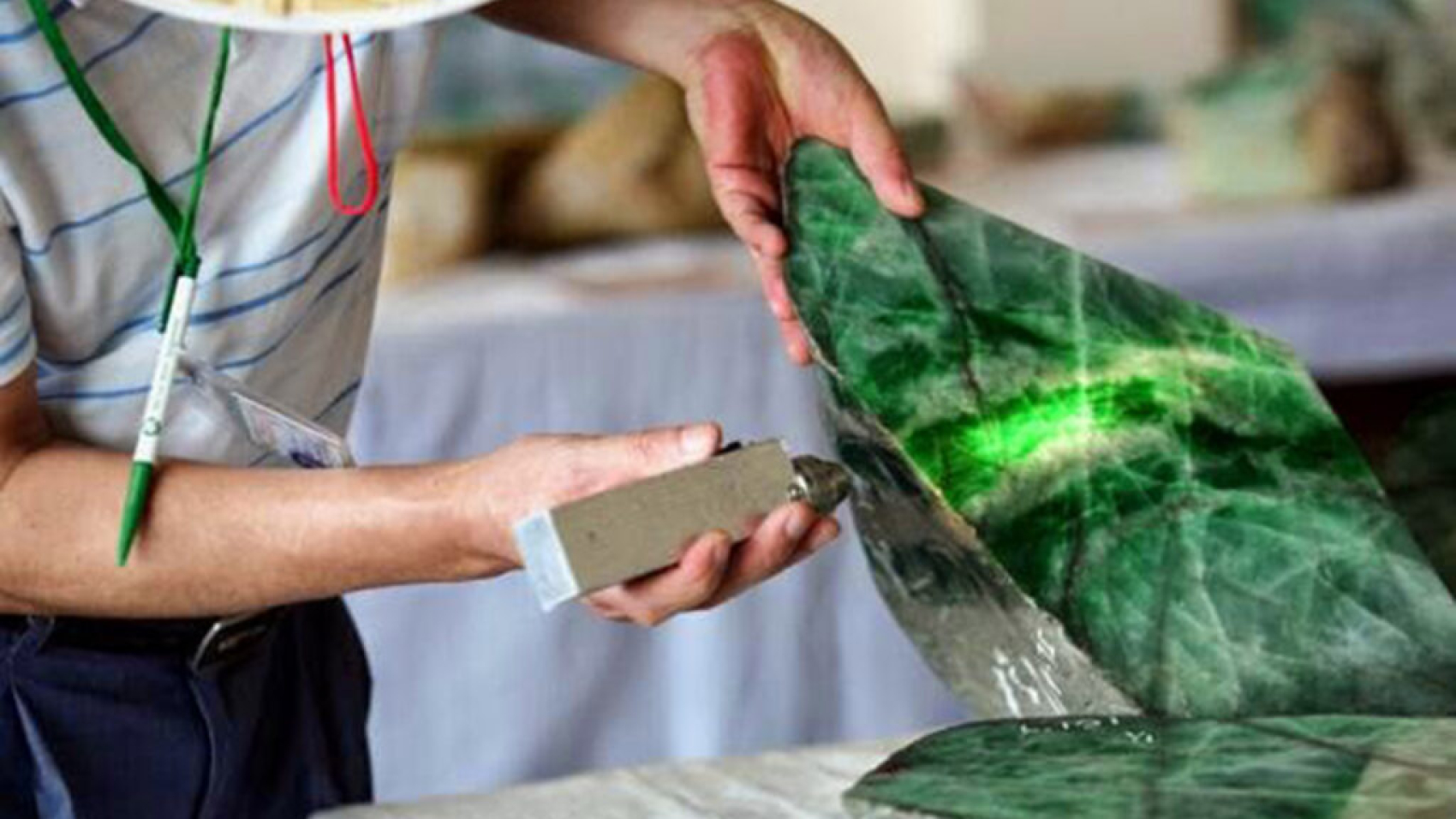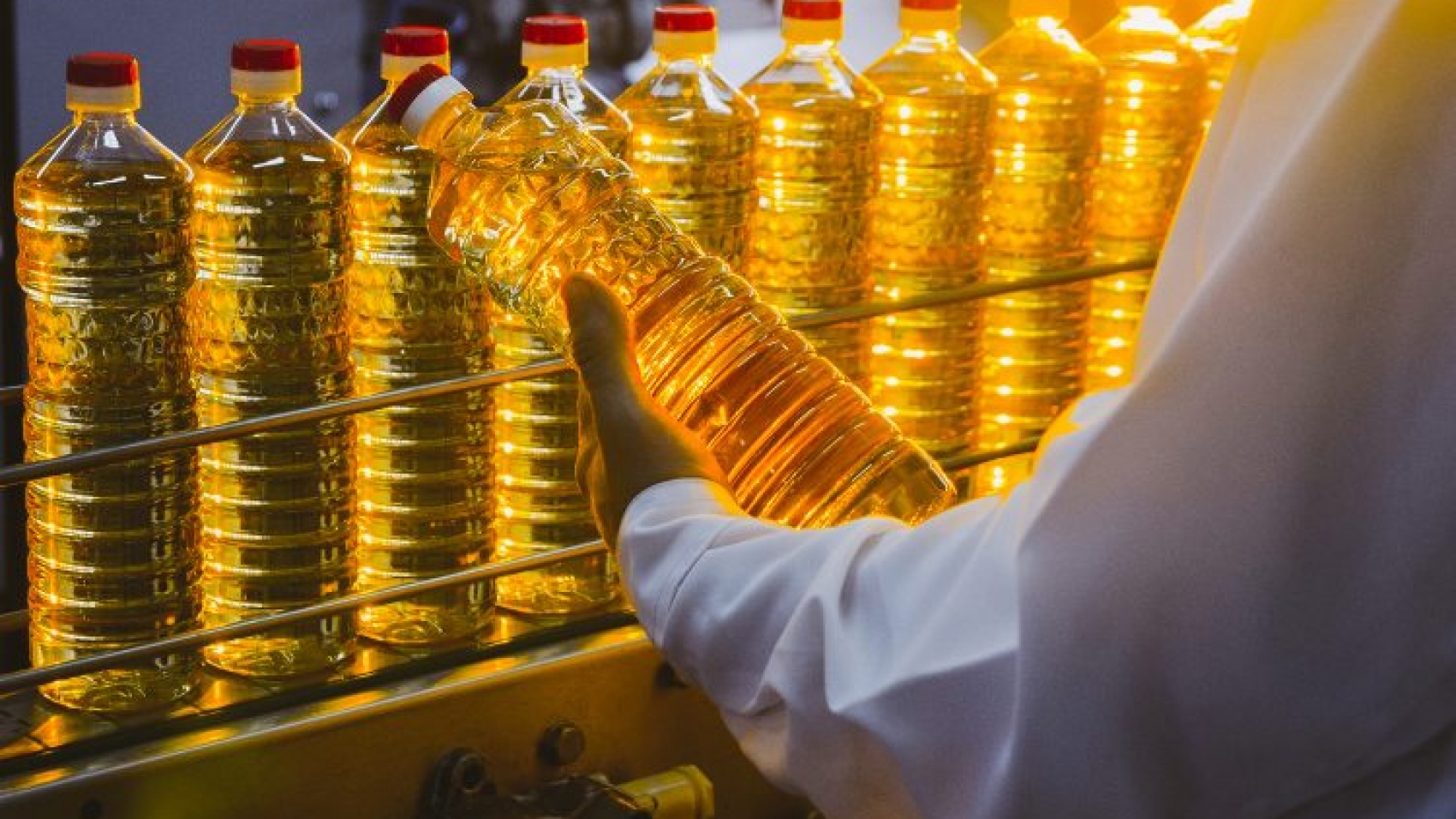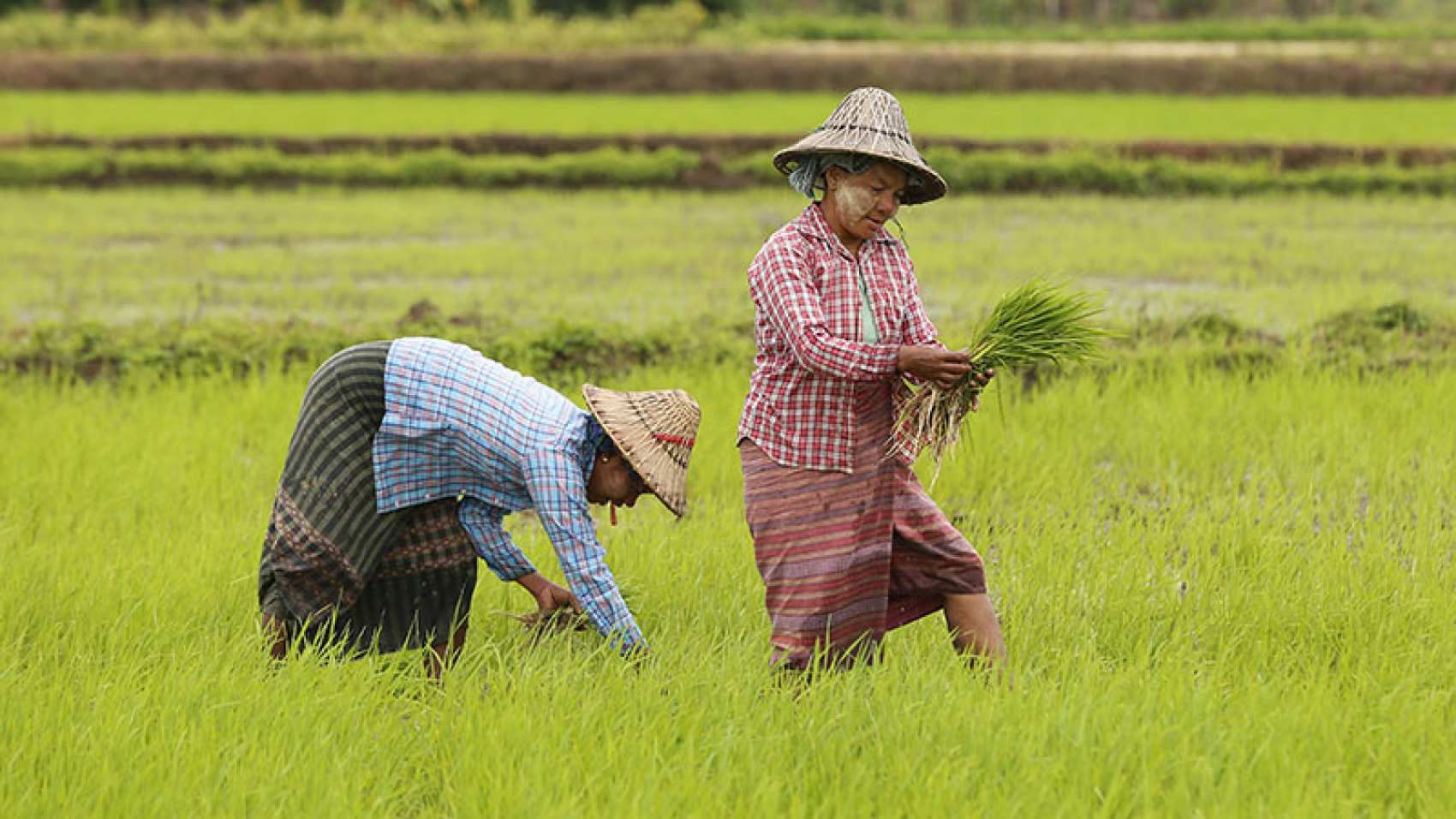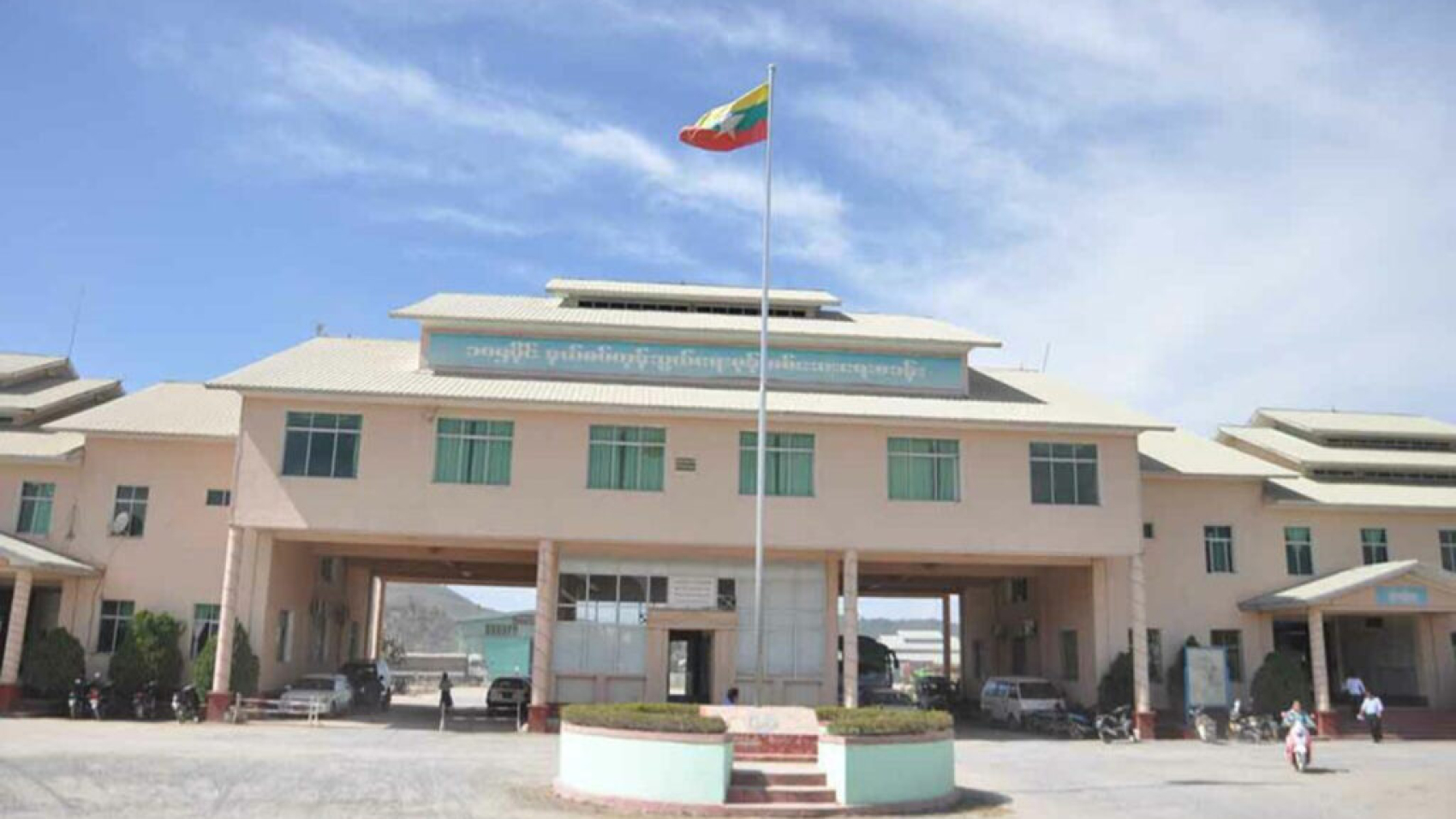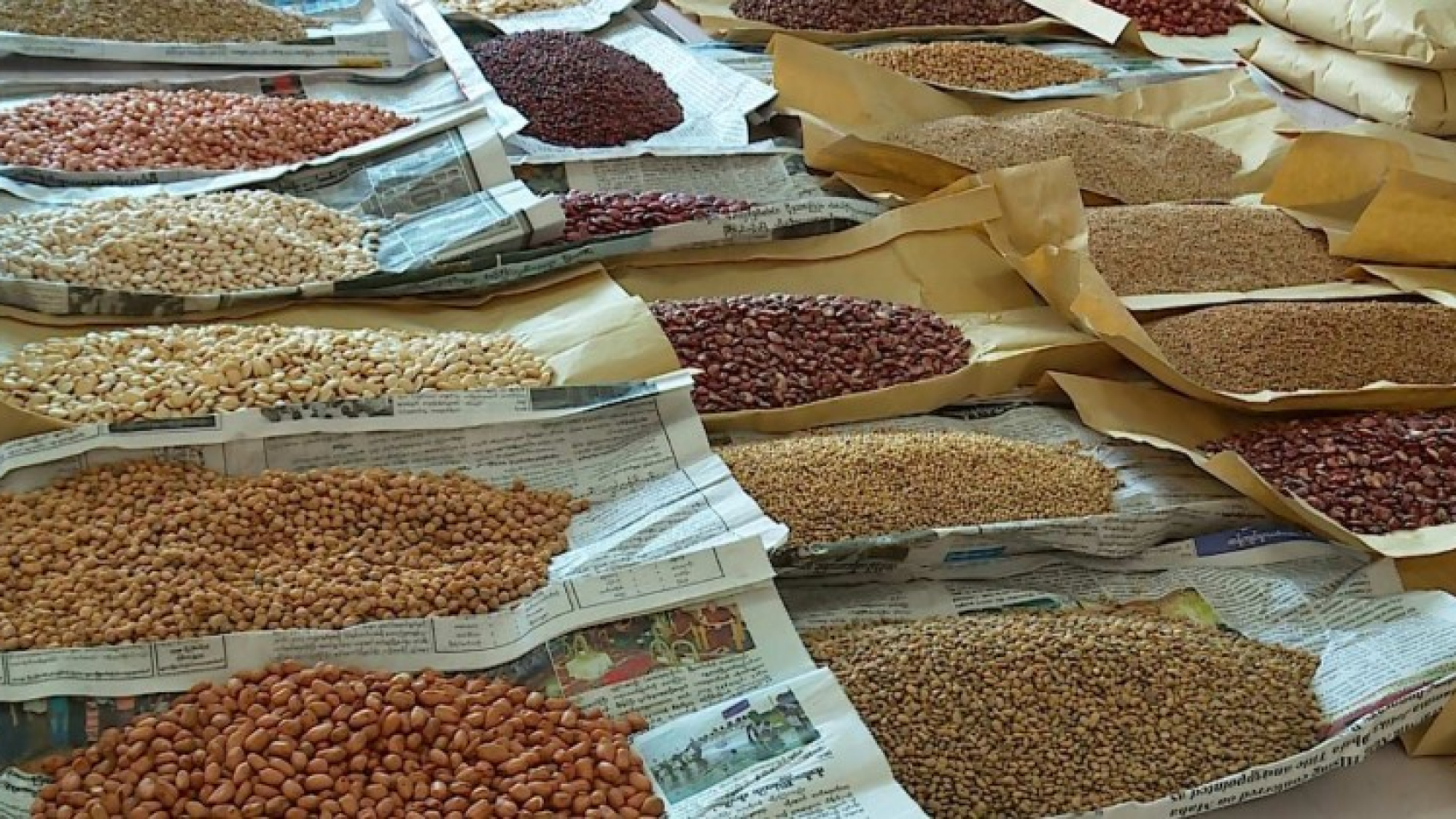Trade activity at Muse border post has not returned to normalcy in post-Chinese New Year, with only 60 trucks loaded with export and import items flowing in and out of the zone, said U Min Thein, vice-chair of Muse Rice Wholesale Centre. Before the Chinese New Year holidays, about 30 truckloads of rice and broken rice were sent daily to China through the Kyinsankyawt post. The number of trucks has declined to 10 at present. At present, Myanmar exports rice, broken rice, watermelon, sugarcane, corn, pulses, rubber and fishery products to China through Kyinsankyawt post with 40 trucks, and goods are brought in with 20 trucks. Trade is yet to return to normal.
“The CNY has just finished. So, trade has not returned to normalcy. The truck frequency is still less. The banks have not resumed their service. Moreover, the majority of the traders and employees engaged in the cross-border trade are on vacation. However, the trade activity commenced with some export items,” U Min Thein elaborated. Similarly, the Mang Wein border that was reopened in the pre-CNY sees only a small number of trucks, he added. However, only six-wheel trucks driven by Myanmar drivers are allowed to pass the Mang Wein crossing. Other trucks are still not given the green light. Additionally, other goods except for agricultural products (watermelon, muskmelon), minerals and fisheries products are allowed to be sent to China through that border.
Meanwhile, China gives the go-ahead to the imports of construction goods, electrical appliances, medical devices, industrial equipment, consumer goods, household goods and food products only through that border. Myanmar primarily conveys goods to China via the Muse border. Nonetheless, traders usually face challenges amid the policy changes in China triggered by the COVID-19 cases. China shut down the checkpoints linking to the Muse border in wake of the pandemic. Nantaw and Sinphyu border points were suspended on 1 April 2020 and Mang Wein was closed down on 30 March 2021. The remaining Kyinsankyawt and Panseng crossings were also restricted on 8 July 2021. Only the Kyinsankyawt crossing was reopened on 26 November 2021. Additionally, trade activity on the Mang Wein border, which performed the majority of trade, was reinstated on 14 January 2023. Furthermore, Nantaw and Sinphyu border points, major border crossings for people, resumed trade activity on 25 January.
Source: The Global New Light of Myanmar

